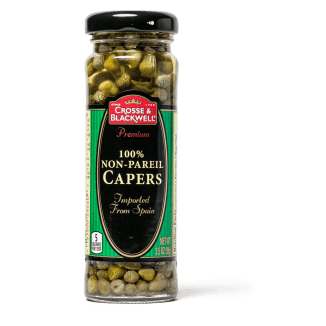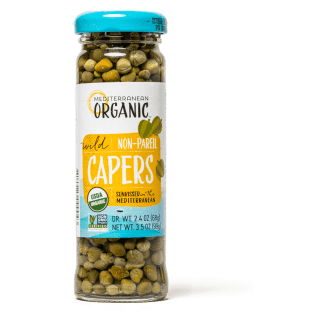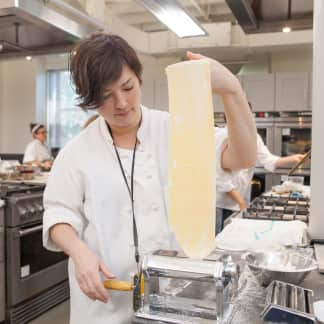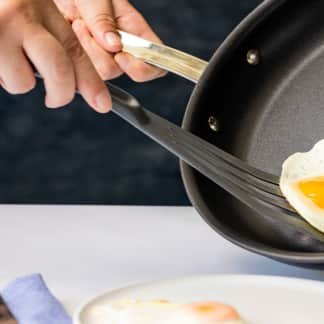Capers are one of the test kitchen’s favorite stealthy ingredients. Both salty and lightly acidic, these small buds make the butter and lemon sing in chicken piccata and highlight the nutty, sweet garlic flavor in pasta puttanesca. Once opened, a jar of capers can last in the refrigerator for months, which makes them a convenient ingredient for weeknight cooking. We often stir whole capers into dishes or sprinkle a handful over a finished dish. Although they’re most closely associated with Mediterranean cuisine, they’re used in other culinary traditions, too. Capers appear in English cookbooks from as far back as the 17th century.
Most American supermarkets sell capers in multiple styles and sizes. Capers packed in salt are especially tender and often have a wider range of delicate flavors, but they must be repeatedly rinsed before use, and their nuanced flavors are easily overshadowed in recipes. For everyday cooking, we like the convenience of brined capers. In previous tastings, we also determined that we prefer a small size known as nonpareil. To find out which brined nonpareil caper is best, we purchased six products and sampled them plain and cooked in our Chicken Piccata.





















